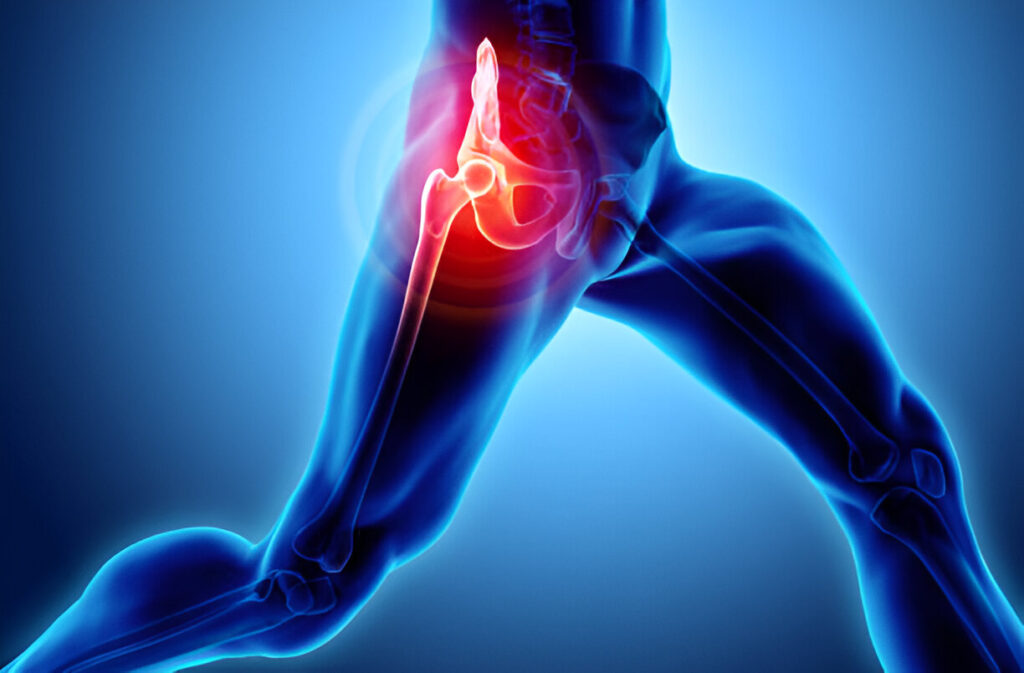Hip Replacement
Home / Hip Replacement
All Services

Overview
A hip replacement involves the removal of diseased hip joint components by a surgeon and their replacement with parts made typically of metal, ceramic, and extremely hard plastic. This prosthetic joint aids in improving function and easing pain.
Hip replacement surgery, also known as total hip arthroplasty, may be an option if hip discomfort limits everyday activities and nonsurgical treatments are either ineffective or have not worked. Hip replacements are most frequently required due to arthritis deterioration.
Hip replacement surgery, also known as total hip arthroplasty, may be an option if hip discomfort limits everyday activities and nonsurgical treatments are either ineffective or have not worked. Hip replacements are most frequently required due to arthritis deterioration.
Why it's done
A hip replacement may occasionally be required due to conditions that can harm the hip joint, such as:
arthritic bone. Osteoarthritis, sometimes called wear-and-tear arthritis, is characterized by destruction to the smooth cartilage that covers the ends of bones and facilitates fluid joint motion.
artritis rheumatoid. Rheumatoid arthritis creates an inflammation that can destroy cartilage and sometimes underlying bone, causing damaged and malformed joints. It is caused by an overactive immune system.
osteonecrosis. Bone collapse and deformity may occur if there is insufficient blood supply to the ball component of the hip joint, which could be caused by a fracture or dislocation.
Hip replacement may be an option if hip pain:
Persists, despite pain medication
Worsens with walking, even with a cane or walker
Interferes with sleep
Affects the ability to walk up or down stairs
Makes it difficult to rise from a seated position
Risks
The following are some possible risks of hip replacement surgery:
hemorrhages. After surgery, clots in the veins of the legs may form. Because a fragment of a clot may break off and move to the heart, lung, or, in rare cases, the brain, this could be hazardous. This risk can be decreased using blood thinners.
contamination. Both the deeper tissue close to the new hip and the incision site may become infected. Antibiotics are used to treat most infections, but if the infection is severe enough, surgery to replace the prosthetic hip components may be necessary.
breakage. There is a chance that healthy hip joint components will break during surgery. While smaller fractures may heal on their own, bigger fractures may require stabilization with wires, screws, and possibly a metal plate or bone grafts.
